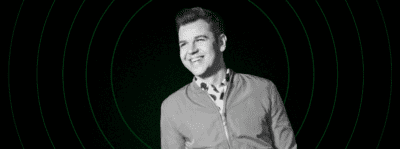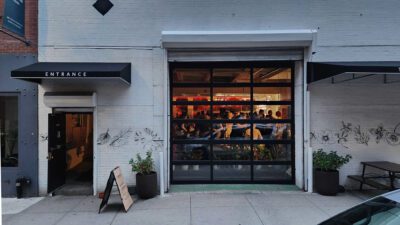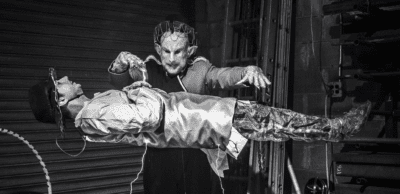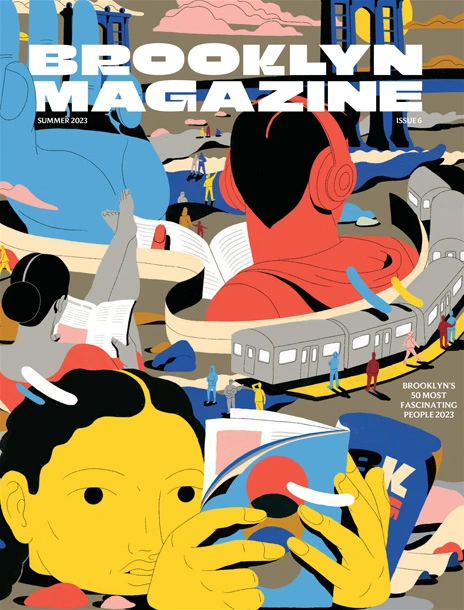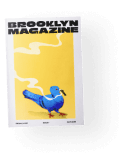It’s Lit: Daniel José Older Combines Literary Activism with Fire Tweets
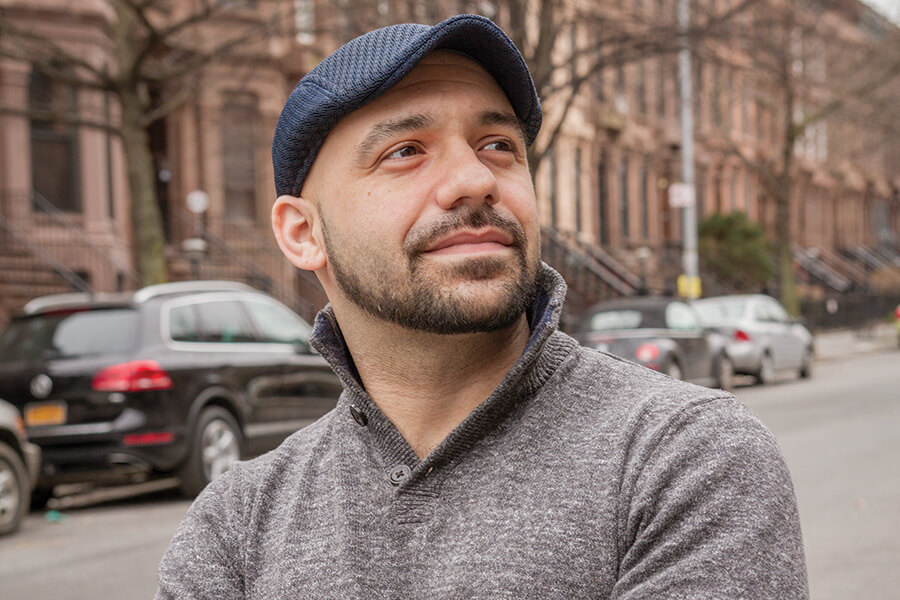
New York Times-bestselling author of the Bone Street Rumba series (most recently Midnight Taxi Tango) and the YA novel Shadowshaper, Daniel José Older melds a career of writing Brooklyn-based fantasy and noir with urgent and persuasive literary activism, as seen in his essays and his Twitter feed. He also worked as a New York City paramedic for decade. Ask him for his medical license, he’ll show it to you.
You write fantastic (in multiple senses of the word) novels set in Brooklyn. What are you thinking about when you write about this place?
A lot of this ongoing push for diversity is simply about fighting for literature that tells the truth about the world we live in. Brooklyn is not an all-white borough, contrary to what so many books and shows tell us, and New York is not an all-white city. Like most U.S. cities, this one is a crossroads of past and present, race, class, gender, and a whole slew of other messy power plays. It’s a slowly unfolding tragedy and full of magic and culture and love. All this would seem like great story ingredients, but because race is involved and the vastly white publishing industry hasn’t shown itself to be especially interested in dealing with nuances of race and power, we end up with very whitewashed versions of the city in a lot of books. I write the Brooklyn I know and love, with as much complexity and life as I can muster. And ultimately, world building has to be in the service of story, so I tend to let the parts of this changing landscape that speak to the larger narrative shine through.
You write nonstop fire tweets. How has the internet informed your writing?
Ha! I really enjoy Twitter and I’ve found, process-wise, that once I’ve hit my stride on the page, I can easily jump back and forth between a novel and tweets without losing flow. There’s an amazing call-and-response element to storytelling that happens on social media; I think it takes us back to some of the spoken word origins of narrative that we can easily lose sight of when we’re glued to the static page. In that vein, I always encourage folks to live tweet as they read my books, which creates a whole other text running alongside the book itself, a living text that at times is global in its reach. I love that.
Activism is a big part of your public persona. How does that work with (or against) the creative work you do?
I was an organizer before I was a writer and I was a writer before I was an organizer. Life has been very cyclical in that way. They inform each other. I wasn’t any good at organizing until I realized I could use that same creative part of my brain I make up stories with to imagine a march or a take-over or a radical change in society. And I entered the business of writing knowing very clearly in myself that I’d come along to be part of the much needed change in publishing. This was before the movement to diversify the bookshelf had taken root the way it has now. I started writing in part to give the kids I worked with, black and brown kids in Bushwick, some image of themselves in fantasy lit—something that has been sorely lacking. So, I am still an activist when I write, and, like with world building, it still has to be in the service of story, of good storytelling. The challenge is to figure out how to do that, which I undertake as a craft issue, just like any other. We can’t ignore the political nature of our work, or political themes in our work, any more than we can ignore symbolic language or foreshadowing or thematic arcs. It’s there. If we want to avoid preachiness or being didactic, and we should definitely avoid those things, the answer is to be strategic and aware of our politics, not pretend they don’t exist.
For more on our 100 most influential people in Brooklyn culture, visit here.
Photo by Jane Bruce
You might also like 














